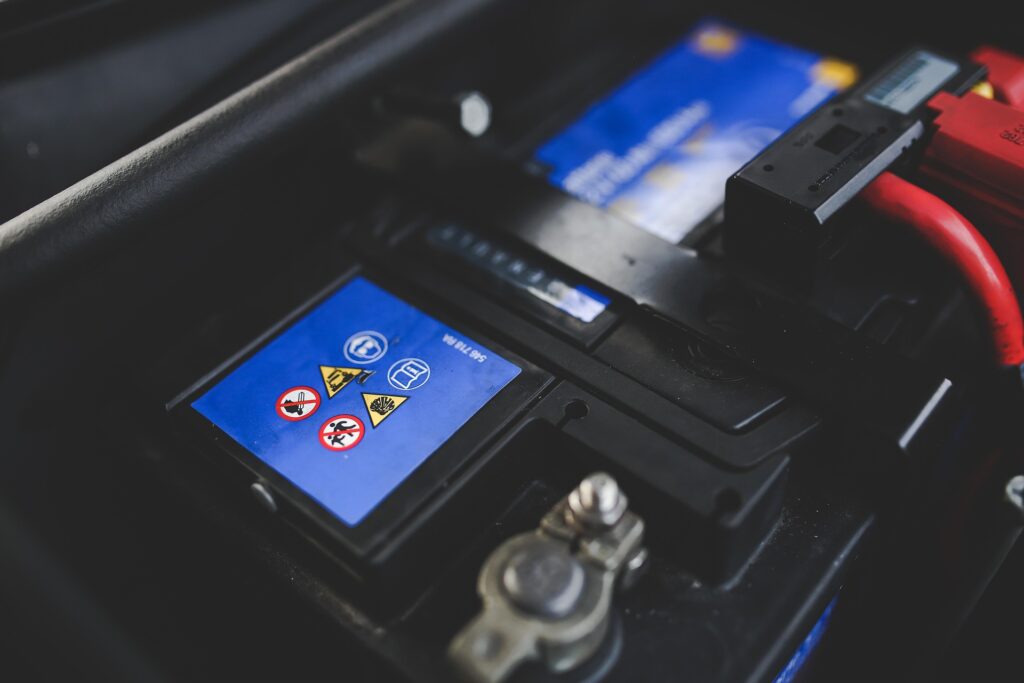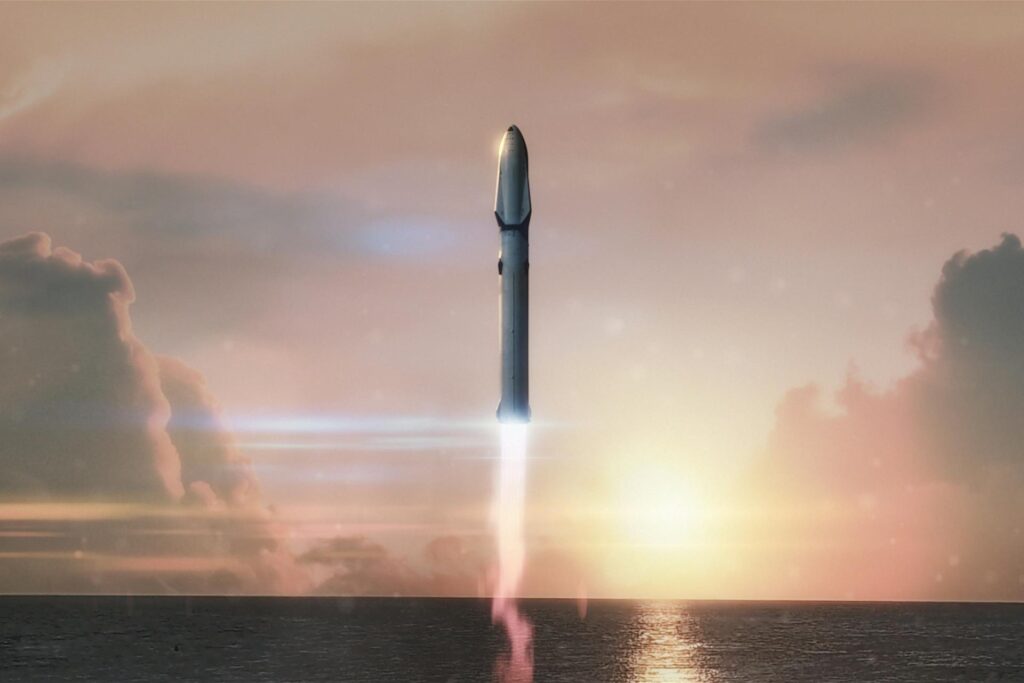NASA is exploring new ways to speed up space missions and make deep space exploration more efficient. One of the most promising developments is the nuclear electric propulsion (NEP) system. This system promises to drastically reduce travel time to Mars and beyond. As part of this effort, NASA plans to build a football field-sized radiator to manage the heat generated by the propulsion system.
This breakthrough could change how we approach space travel, especially for long-duration missions. Let’s explore how this radical approach works, the technologies behind it, and why it could revolutionize Mars missions.
What is Nuclear Electric Propulsion (NEP)?
Nuclear Electric Propulsion (NEP) combines nuclear reactors and electric thrusters. Instead of relying on chemical rockets, NEP uses nuclear reactors to generate electricity. This electricity powers ion engines that propel the spacecraft by emitting charged particles.
NEP’s efficiency is its key advantage over traditional rockets. Chemical rockets are limited by the fuel they carry. NEP systems, on the other hand, require much less fuel. This makes them perfect for long-duration space travel, such as missions to Mars or other deep-space destinations.
The Problem of Heat in Nuclear Propulsion
One major challenge with nuclear electric propulsion is managing the heat generated by the reactor. As the reactor produces electricity, it also generates a large amount of heat. This heat must be quickly dissipated to avoid damaging spacecraft components.
Spacecraft typically use large radiators to handle this heat. But when dealing with nuclear reactors, the size of the radiator increases with the power output of the reactor. This presents a challenge for space missions.
A Football Field-Sized Radiator: Solving the Heat Problem
NASA has proposed a massive solution: a football field-sized radiator. The radiator will be constructed in space once the spacecraft reaches orbit. By assembling it in space, NASA avoids the challenge of fitting such a large structure into a rocket.
Engineers will design the radiator panels to carry a liquid metal coolant, such as a sodium-potassium alloy. This coolant will absorb heat from the reactor. It will then flow through the radiator, releasing the heat into space.
Why a Football Field?
The large size of the radiator ensures it can efficiently dissipate the heat produced by the reactor. The bigger the radiator, the more heat it can handle. Once in space, the panels will unfold to cover an area the size of a football field. This massive surface area allows the spacecraft to safely manage the thermal load from the reactor.
Challenges in Assembling a Space Radiator
Assembling such a large radiator in space requires advanced technology. NASA will launch individual radiator modules and assemble them in orbit using robotic systems. These robots will autonomously connect the components to form the full radiator.
This “in-space assembly” process presents a new frontier for space engineering. It could reshape how spacecraft are designed, allowing for larger structures that cannot be launched as a single unit from Earth.
How Will This Improve Mars Missions?
Currently, the journey to Mars takes between six and nine months, depending on the relative positions of Earth and Mars. With NEP and the large radiator, NASA could cut travel time to around two years. The faster travel time makes Mars missions more feasible and cost-effective.
A shorter journey also reduces the amount of food, fuel, and supplies needed. Additionally, astronauts will face less exposure to harmful radiation during the trip, improving mission safety.
Potential Benefits of NEP with the Radiator System
The advantages of combining NEP with a large radiator go beyond just faster travel. Here are some key benefits:
- Reduced Travel Time: NEP can cut the journey to Mars from nine months to two years.
- Fuel Efficiency: NEP uses less fuel than traditional rockets, allowing for more equipment or crew to be carried.
- Safety: A shorter journey reduces astronauts’ exposure to deep space radiation.
- Reliability: NEP systems can operate for long periods, ensuring extended missions to Mars and beyond.
Future of Space Exploration: In-Space Assembly
In-space assembly goes beyond just radiator construction. NASA’s Modular Assembled Radiators for Nuclear Electric Propulsion Vehicles (MARVL) project is a perfect example. As this technology advances, it could enable the creation of much larger spacecraft and space stations in orbit.
This capability will allow for more ambitious missions. It could also lead to the construction of habitats for astronauts on long-term missions to Mars and beyond.
The Role of Robotics in Assembling Space Structures
A crucial part of NASA’s vision for in-space assembly is robotics. Autonomous robotic systems will be used to piece together the massive radiator. These robotic systems will be equipped with advanced sensors and AI to ensure precise assembly without human intervention.
NASA has already tested robotic assembly in space with projects like the Robotic Refueling Mission and the Restore-L spacecraft servicing demonstration. These technologies will be critical in constructing and maintaining the NEP system and its massive radiator.
Overcoming the Challenges of Space Construction
Building large structures in space presents several challenges, including:
- Microgravity Effects: Working in a weightless environment requires specialized robotic systems to position and attach components accurately.
- Material Durability: Space structures must withstand extreme temperatures and radiation.
- Precision Assembly: Components must fit together perfectly to ensure efficient heat dissipation and propulsion system performance.
NASA is actively developing solutions to these challenges through ongoing research and testing.
Conclusion: A New Era for Mars Exploration
NASA’s plan to build a football field-sized radiator represents a major leap forward in space exploration. By addressing the heat dissipation problem, NASA makes faster, more efficient Mars missions a reality. The combination of NEP and the radiator could make space travel to Mars and beyond more practical than ever before.
As technology continues to improve, we can expect even more exciting developments in space exploration. NASA’s efforts pave the way for humanity to explore new worlds.
FAQs
- What is Nuclear Electric Propulsion (NEP)?
NEP uses nuclear reactors to generate electricity, which powers ion engines to propel spacecraft, offering greater efficiency for long-duration missions like trips to Mars. - Why does NASA need a football field-sized radiator?
The radiator is required to dissipate the significant heat produced by the nuclear reactor, preventing spacecraft damage and ensuring the system runs efficiently. - How does the radiator work?
The radiator panels use a liquid metal coolant to absorb heat from the reactor, which is then radiated away into space through the large surface area of the radiator. - How does NEP improve Mars missions?
NEP could cut the travel time to Mars from six months to around two years, making missions more feasible, cost-effective, and safer for astronauts. - What is in-space assembly, and why is it important?
In-space assembly involves constructing large structures, like the radiator, in orbit using robotic systems. This method allows for the creation of larger spacecraft and space stations than what rockets can carry in one piece.
Related Video
Watch this video for more details.



